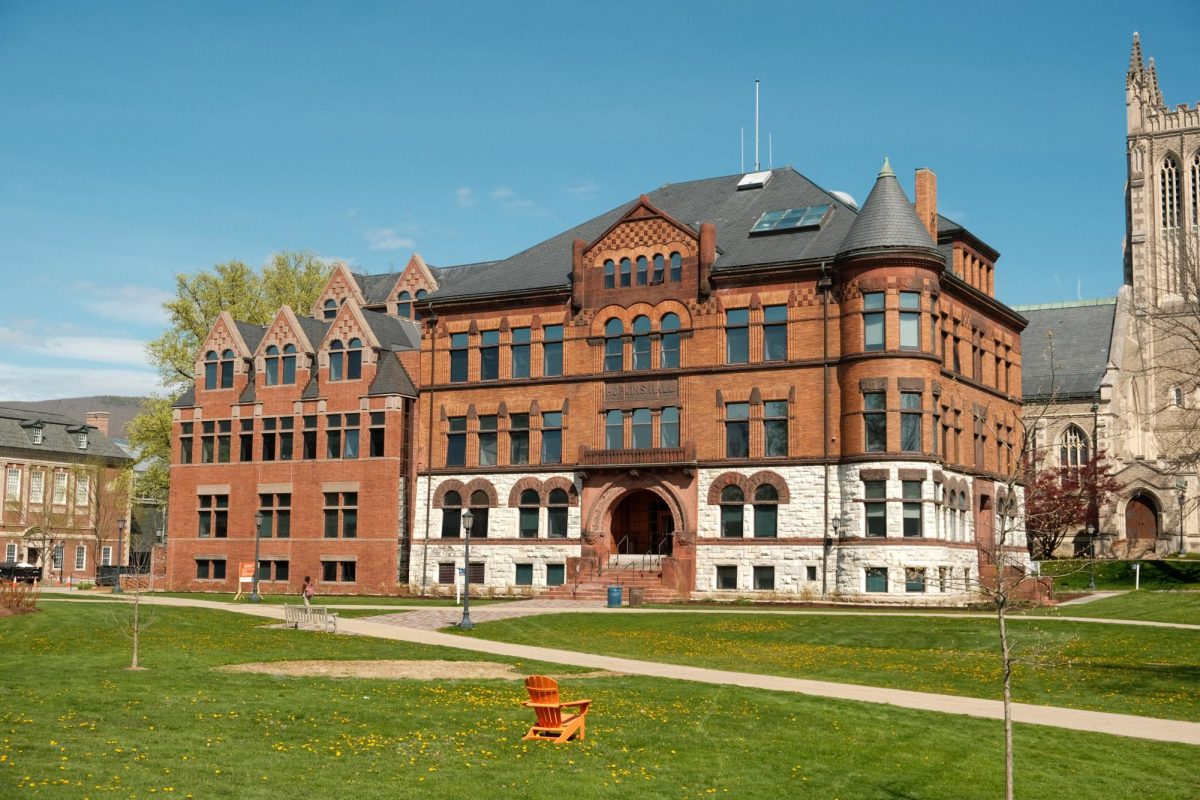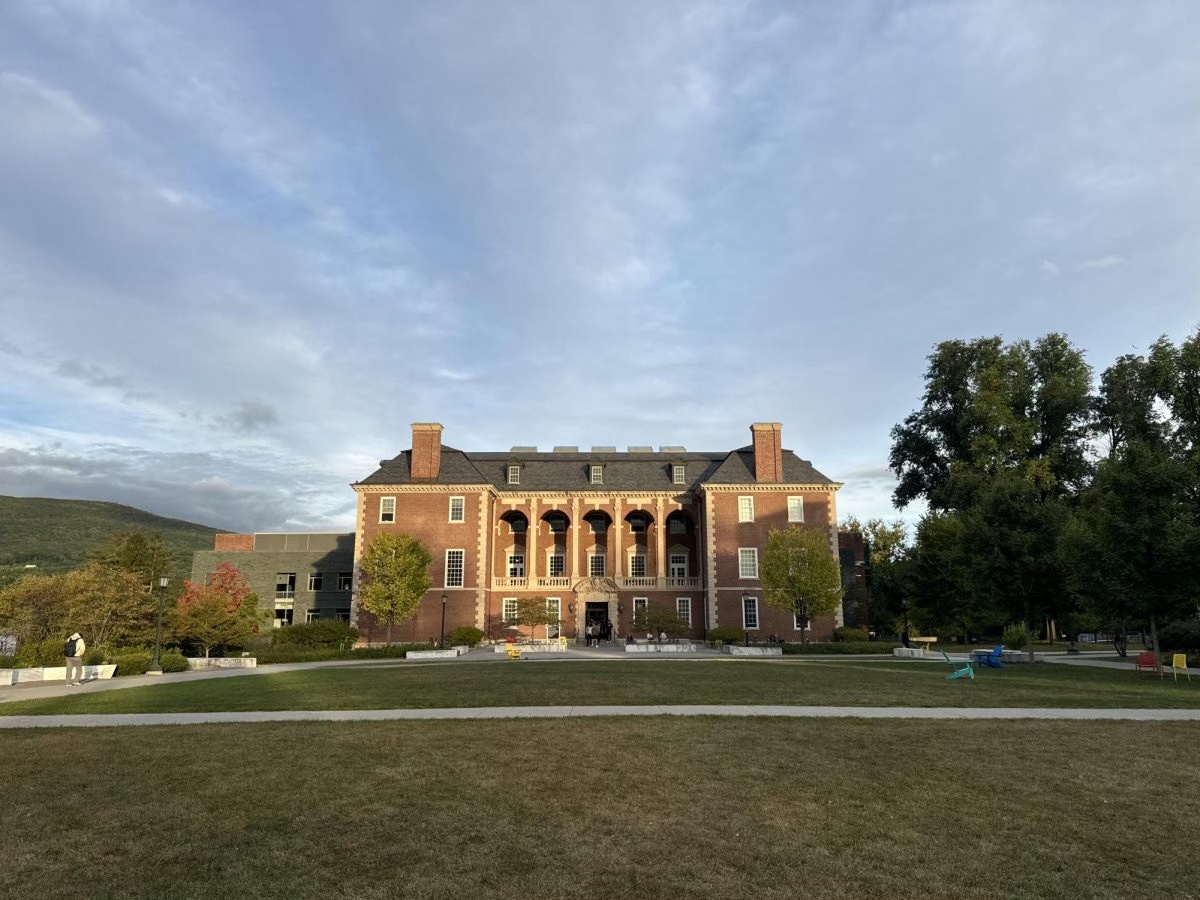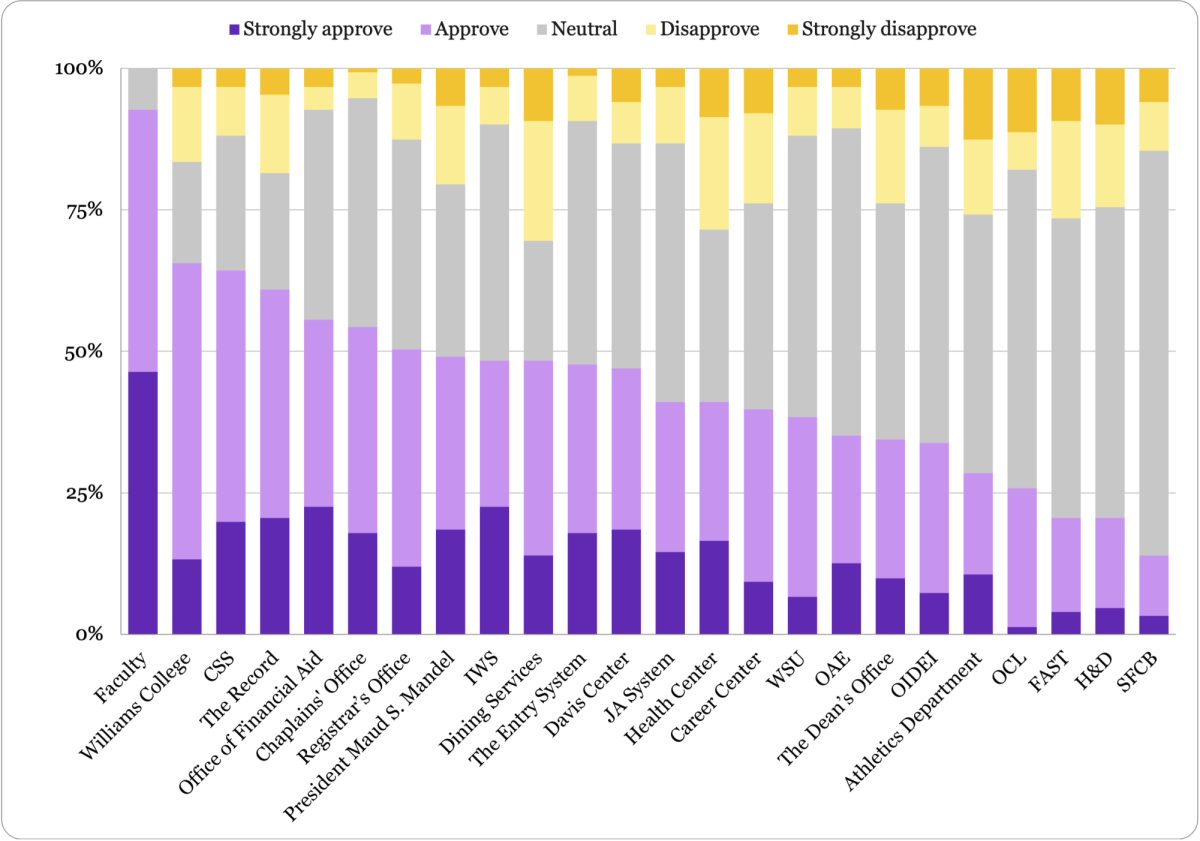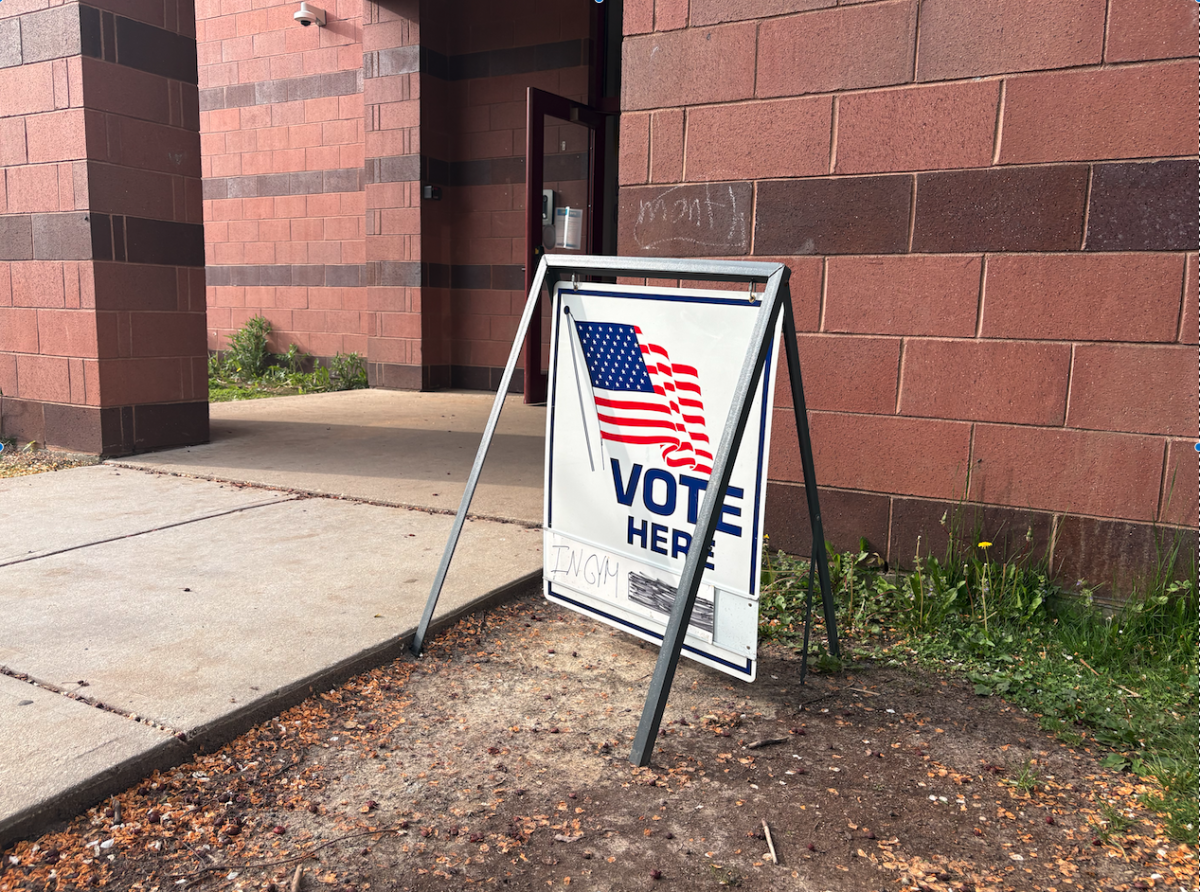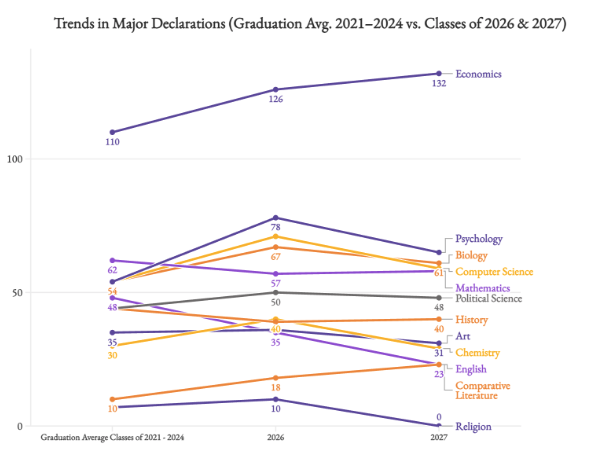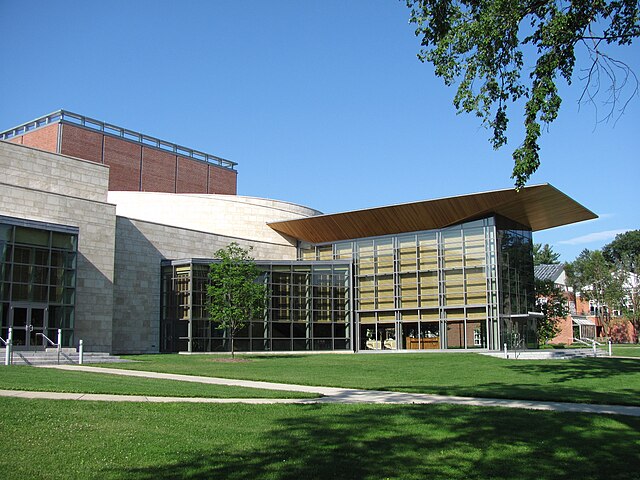Last week, the College released its first student voting report from the National Study of Learning, Voting and Engagement (NSLVE), an organization which studies voter registration and turnout on college campuses around the country. The data showed increases in student voting participation between 2014 and 2018 that are attributable to various registration efforts on campus, more of which are currently ongoing this fall.
The report shows a dramatic uptick in voting at the College between the 2014 and 2018 midterm elections, with only 10.2 percent of students voting in 2014 versus 42.2 percent in 2018. This coincided with an increase in student voting across the nation: 19.7 percent of all studied students voted in 2014 compared to 39.1 percent in 2018. However, the College still improved its performance compared to the national average, from 9.6 points below the average in 2014 to 3.1 points above the average in 2018. The number of students registered to vote at the College increased even more dramatically, from 32.2 percent to 80.4 percent.
Paula Consolini, director of the Center for Learning in Action (CLiA), attributed this impressive bump to a number of disparate voter registration programs that gained a foothold in the intervening years. “We know that in 2014, nobody really did anything on campus advocating for people to register to vote,” she said.
But in 2018, motivated by College Council leadership, the College subscribed to a service called TurboVote, which offers online support for students in registering to vote and requesting absentee ballots.
“The purchase of that service was a joint effort between the President’s Office, the Vice President of Campus Life, the Center for Learning in Action, and College Council,” Consolini said. She attributed the use of TurboVote, as well as increased campus advocacy, for the spike in voter registration that occurred in 2018.
More recently, the student group EphVotes, run by Solly Kasab ’21, has been continuing the effort to increase voting rates with events such as yesterday’s National Voter Registration Day drive, which registered students to vote outside the Paresky Center. The newly released data directly benefits efforts like EphVotes, according to Consolini, because it provides a tangible metric through which activists can observe which efforts are effective, like TurboVote, and which are not.
Consolini also stressed that the release of the NSLVE data in no way compromises the privacy of students. Whether or not an individual votes is a matter of public record, and NSLVE simply compiles the College’s data and compares it to national trends. “This only tells us about the big terms,” Consolini said. Similar data for 2012 and 2016 will soon be released, and Consolini is excited to have even more data to prepare for a new wave of voter registration efforts.
“What’s helpful about the NSLVE data is that now we have a baseline,” she said. Alongside the administration and student activists, Consolini hopes that the College can continue to improve its voter turnout.



